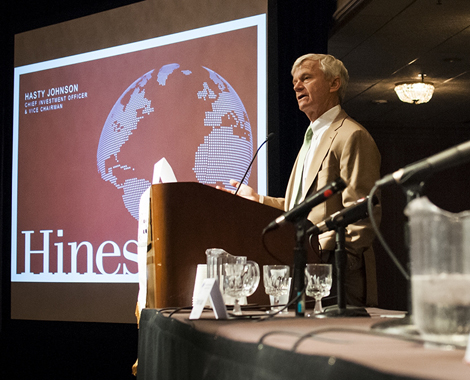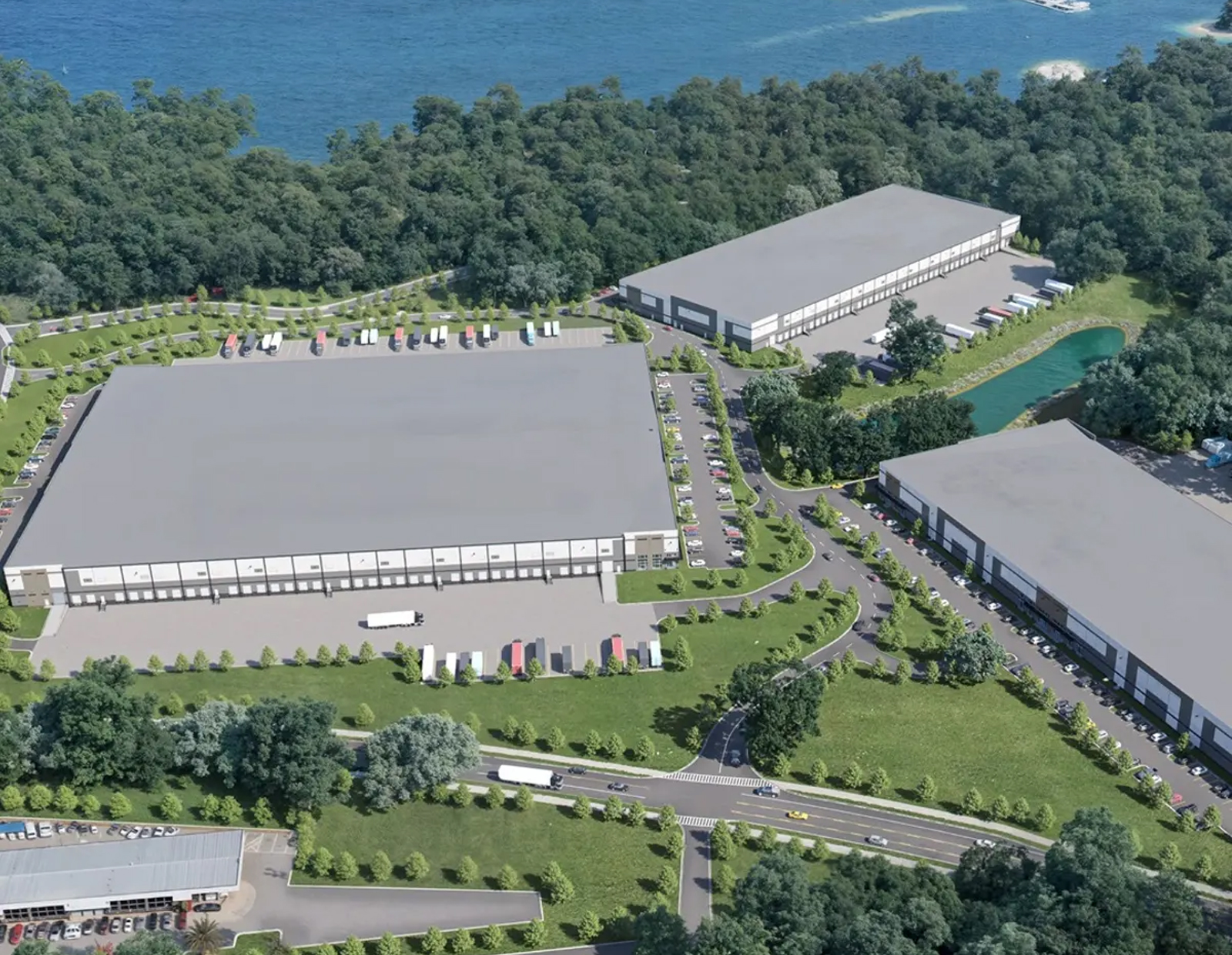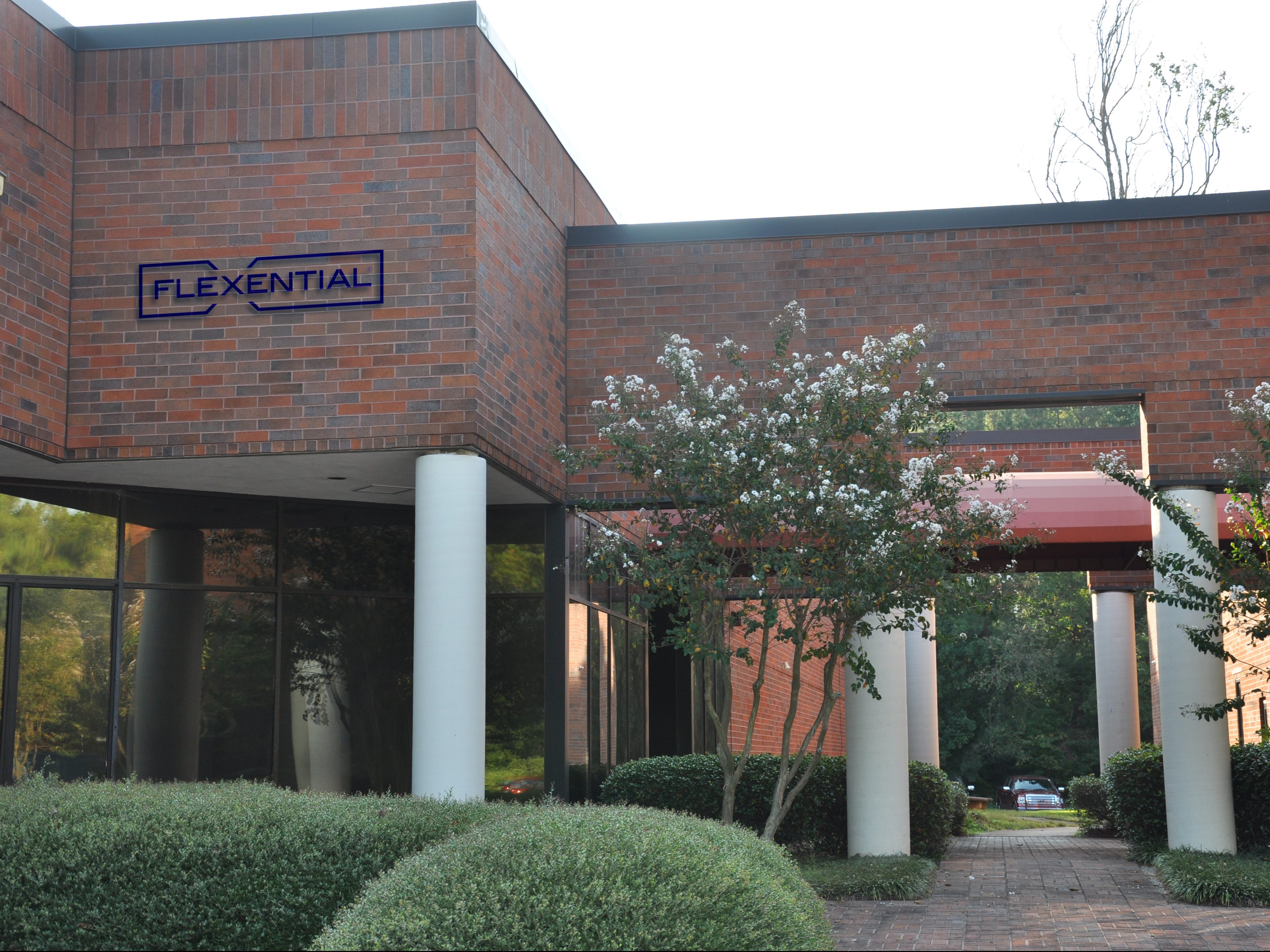NAREE Special Report: Hines’ Johnson Outlines New Development Preferences
Expect some changes as the commercial real estate development market heats up, Hines vice chairman C. Hastings Johnson told the audience at the NAREE conference in Houston.
 By Suzann D. Silverman, Editorial Director
By Suzann D. Silverman, Editorial Director
Johnson Discusses Hines’ Next Global Expansion Plans on CPE TV.
Expect some changes as the commercial real estate development market heats up. Corporate priorities and technological advances have given rise to new focuses that in some cases are even presenting some unexpected challenges. C. Hastings Johnson, vice chairman at Hines, outlined some of these new concepts during his keynote speech on June 13 at the National Association of Real Estate Editors’ 48th annual real estate journalism conference in Houston.
Hines currently has “more construction than ever” underway, according to Johnson, with 36 projects under construction or in the planning stages across the country, including 15 office buildings. With other developers also increasingly active—Newmark Grubb Knight Frank reported first-quarter office construction alone at the highest level since the first quarter of 2009, with almost 61.7 million square feet underway—construction companies across the U.S. are already at or approaching capacity, Johnson said. And property values are rising. “We’re seeing a surprising amount of inflation,” he observed, noting that Hines is pricing in 3 to 6 percent inflation on office projects and 6 to 12 percent on multi-family.
Different this time is companies’ interest in their employees’ opinions. When Devon Energy Corp. hired Hines to construct its new headquarters in Oklahoma City, for instance, the $750 million project was focused on attracting the top 10 percent of geology students to the company, Johnson noted. That meant incorporating desirable attributes and accessibility.
As today’s companies strive to increase employee production levels, they are also striving to encourage longer stays in the office—and an eagerness to return on Monday morning. To that end, they are supplying ever more amenities—everything from food delivery to, in the case of Amazon, dog walking services provided by property manager Hines.
An ever-tightening office density is presenting some related challenges, including sufficient elevator and fire stair accessibility as well as more natural light to offset the closer proximity of colleagues. In Europe, narrower buildings are a solution to the light conundrum, while in a small but increasing number of cases elevators are being installed that operate independently within the same shaft. While the latter is not yet legal in the U.S., Johnson expects it to be approved down the road. But rather than developing narrower buildings, he recommends incorporating more glass—increasing window heights from eight feet to between 9 and 11 feet.
But the glass will need to be higher tech to manage energy costs. Glass that darkens and lightens in response to the sun’s intensity will help, Johnson noted. A newer technology incorporates tiny embedded photovoltaic strips. Still being tested, it would act as a giant solar panel. Stay tuned.







You must be logged in to post a comment.